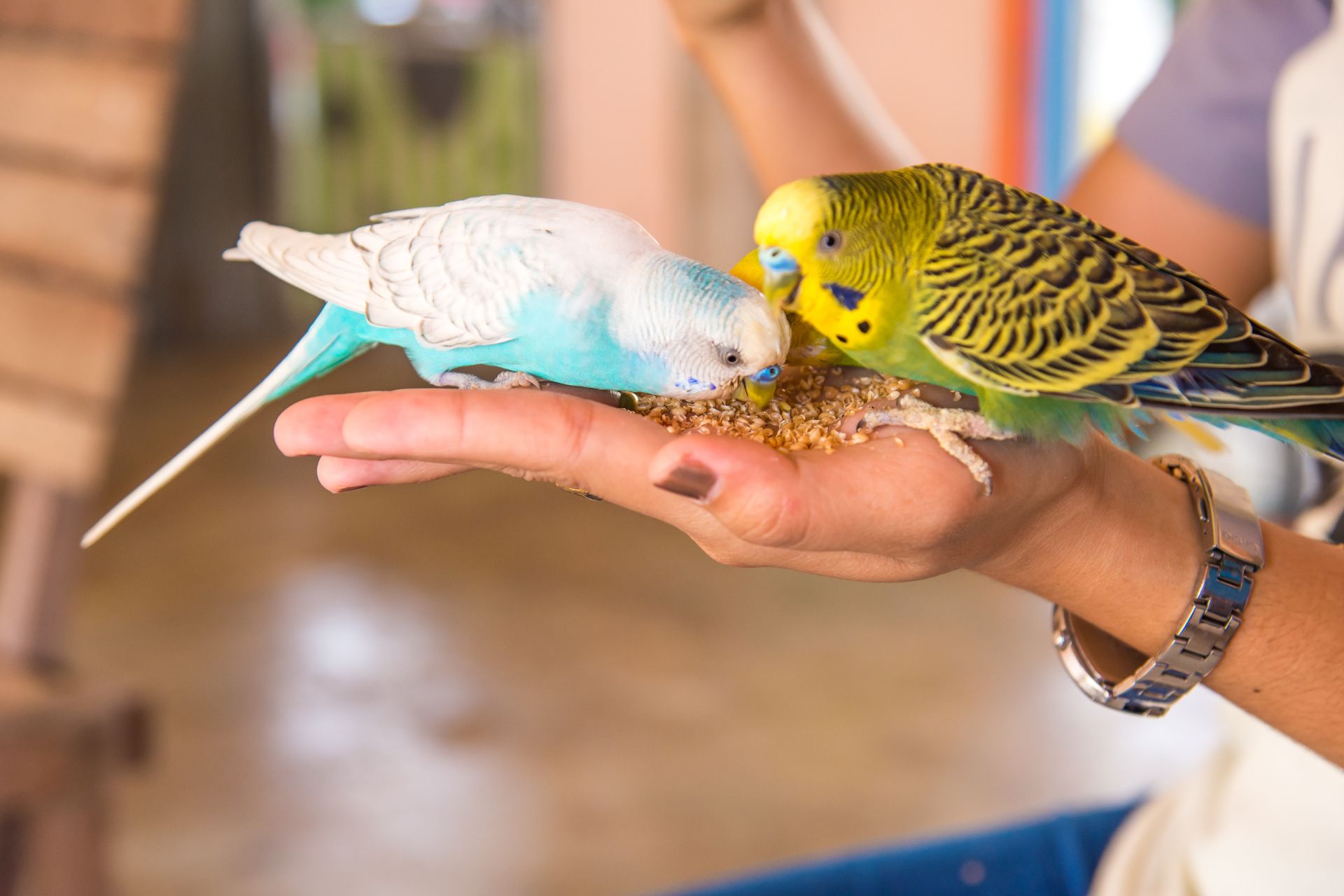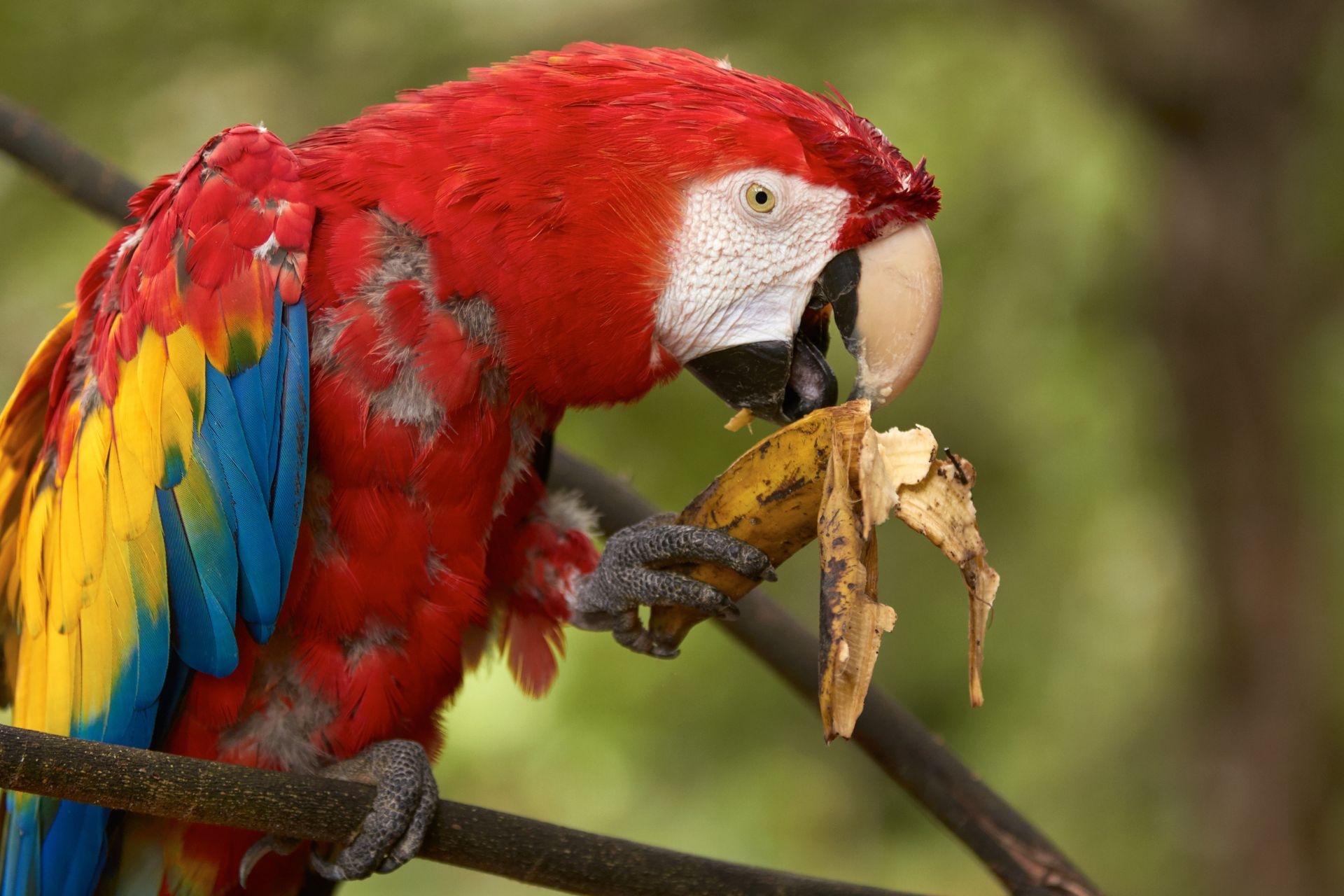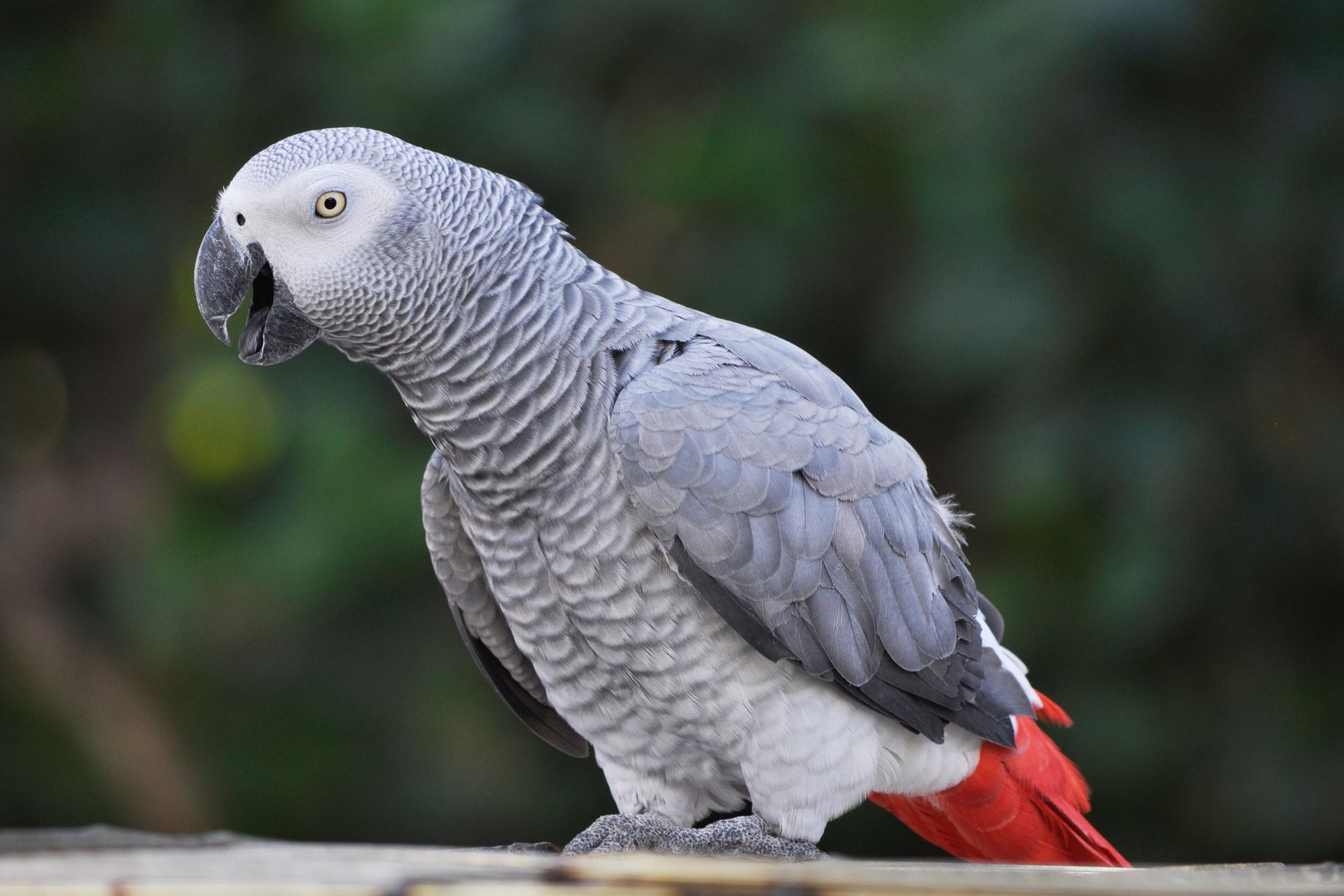Parrots are intelligent and social creatures that require a stimulating and nurturing environment to thrive. Designing a parrot-friendly home is essential for their physical and mental well-being. By understanding their needs and making a few adjustments, you can create a safe and enriching environment that promotes their overall health and happiness.
1. Providing a Spacious Cage
One of the first steps in creating a parrot-friendly home is choosing the right cage for your feathered friend. The cage should be spacious enough to allow the parrot to move around comfortably and stretch its wings. A larger cage will provide ample space for exercise and play. Ensure that the cage is made of safe, non-toxic materials.
Include perches of varying thickness and texture to help exercise your parrot’s feet and prevent foot problems. Provide a variety of toys such as swings, ropes, and chew toys to keep your parrot mentally stimulated and entertained.
2. Proper Nutrition
A balanced and nutritious diet is crucial for the well-being of your parrot. Consult with an avian veterinarian to understand your parrot’s specific dietary needs. Parrots should be offered a variety of fresh fruits, vegetables, high-quality pellets, and a small amount of seeds. Avoid giving them foods that are toxic or harmful to their health, such as chocolate, caffeine, and avocado.
Ensure a constant supply of fresh water for your parrot. Clean the water bowl daily and replace it with fresh water to prevent bacterial growth.
3. Safe Environment
Creating a safe environment is essential to protect your parrot from potential hazards. Parrots are curious creatures and may explore their surroundings, often using their beaks. Take precautions to eliminate toxic substances and plants from your home. Common household items such as certain cleaning agents, aerosol sprays, and even certain types of cookware can be harmful to parrots.
Secure windows and doors to prevent accidental escapes or injuries. Install screens on windows and use childproof locks if necessary. Be cautious of ceiling fans and ensure they are turned off when your parrot is out of its cage.
4. Temperature and Humidity Control
Parrots are sensitive to extreme temperatures and humidity levels. Maintain a comfortable temperature range in your home, typically between 65°F and 85°F (18°C to 29°C), depending on the species of your parrot. Avoid placing the cage near drafts, air conditioning vents, or direct sunlight.
If your home tends to be dry, especially during the winter months, consider using a humidifier or mister to increase humidity levels. Parrots are native to tropical environments, and proper humidity is essential for their respiratory health.
5. Noise Control
Parrots are known for their vocal abilities, but excessive noise can be stressful for them. Minimize loud noises in the home, such as blaring televisions, loud music, or sudden bursts of sound. Create a calm and quiet environment for your parrot by designating a peaceful area where they can retreat when they feel overwhelmed.
6. Social Interaction
Parrots are highly social animals and require regular social interaction with their human companions. Spend quality time with your parrot daily, engaging in activities such as talking, playing, and training. Parrots thrive on socialization and enjoy being part of the family unit.
Provide mental stimulation by introducing new toys, puzzles, and interactive games. Rotate the toys regularly to keep your parrot engaged and prevent boredom.
7. Training and Enrichment
Training your parrot using positive reinforcement techniques helps create a bond of trust and strengthens the relationship between you and your bird. Teach basic commands, such as “step up” and “step down,” to encourage good behavior.
Offer a variety of enrichment activities to keep your parrot mentally and physically active. Puzzle toys, foraging toys, and treat-dispensing toys provide mental stimulation and simulate natural foraging behaviors.
8. Regular Vet Check-ups
Avian veterinary care is crucial for maintaining the health of your parrot. Schedule routine check-ups and vaccinations to prevent and detect any potential health issues early on. Consult with a qualified avian veterinarian who can provide guidance on diet, behavior, and overall well-being.
Conclusion
Creating a parrot-friendly home involves providing a spacious and stimulating environment, ensuring proper nutrition, maintaining a safe and controlled climate, minimizing noise, and offering social interaction, training, and regular veterinary care. By implementing these measures, you can provide a nurturing and enriching environment that promotes the well-being and happiness of your beloved parrot.
FAQs
- Q: Can parrots be kept in small cages?
- A: Parrots require spacious cages to exercise and move around comfortably. Small cages can lead to physical and behavioral problems.
- Q: Are all fruits and vegetables safe for parrots?
- A: Not all fruits and vegetables are safe for parrots. Some may be toxic or have adverse effects. Consult with an avian veterinarian for a safe diet plan.
- Q: Can parrots be trained to talk?
- A: Yes, parrots are known for their ability to mimic and learn human speech. With patience and consistent training, they can learn to talk.
- Q: Do parrots need companionship?
- A: Parrots are social creatures and thrive on companionship. It is beneficial to provide them with regular social interaction with their human family members.
- Q: How often should I take my parrot to the vet?
- A: It is recommended to take your parrot for routine check-ups at least once a year. However, consult with your avian veterinarian for a specific schedule based on your parrot’s needs.












Join the discussion One Comment